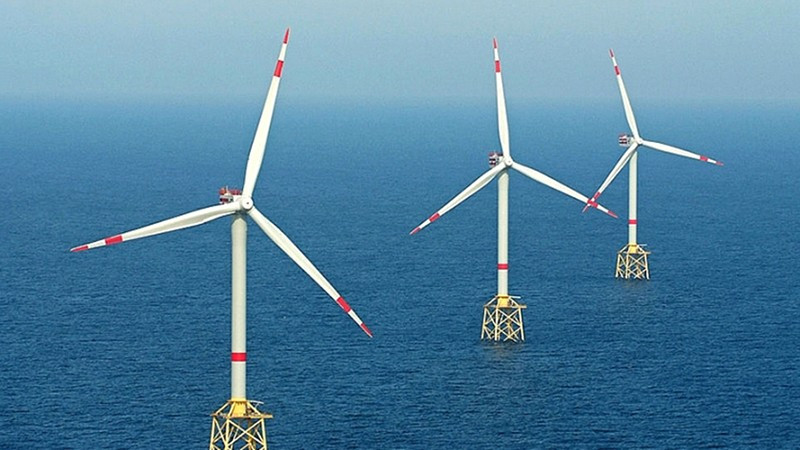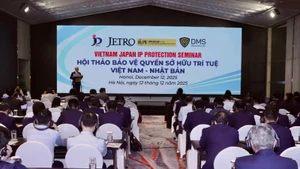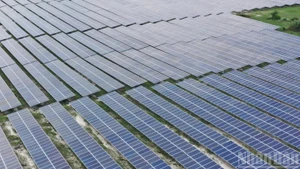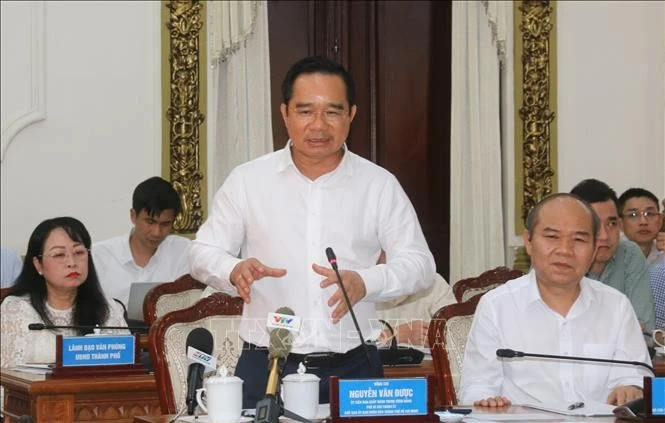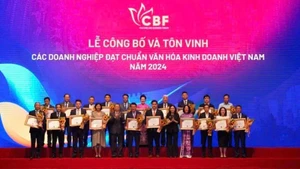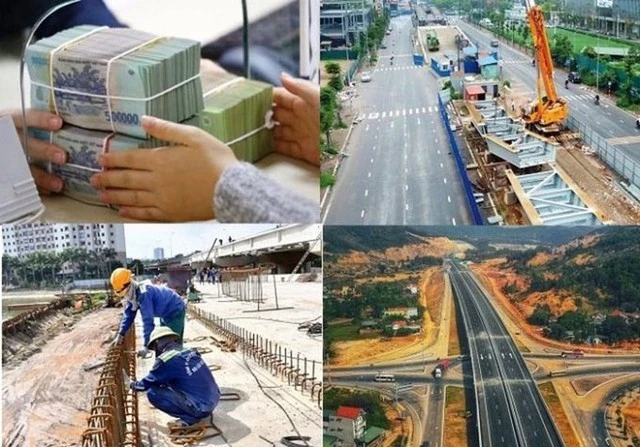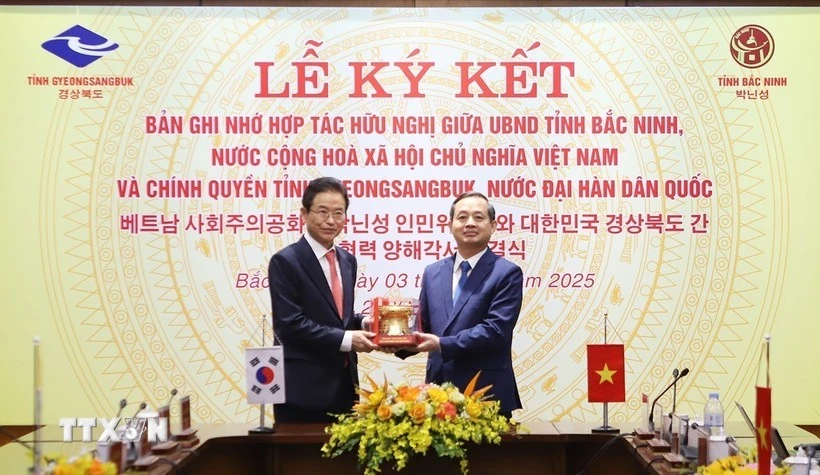The time to develop and build an offshore wind farm typically takes 6-7 years, with the first 3-4 years dedicated to completing the project and securing financing, followed by at least 3 years for construction. Therefore, to achieve the target, the first projects need to be launched within the next one or two years.
Potential opportunities
Dr Du Van Toan from the Institute of Environmental Science, Ocean, and Islands (under the Ministry of Natural Resources and Environment) stated that offshore wind power has received the most significant development investment worldwide. In 2023, the total offshore wind capacity globally was 75 GW, with projections to exceed 100 GW in 2024, showing rapid growth compared to forecasts by the International Energy Agency (IEA).
Experts predict that by 2050, offshore wind installed capacity could exceed 1,000 GW, accounting for over 20% of total power sources. The 2050 targets for major countries include China at 300 GW, the US at 140 GW, India at 120 GW, Japan at 115 GW, and Vietnam at 91.5 GW.
"Vietnam has offshore wind potential of over 600 GW, and many investors are interested in developing projects. With the significant policies issued by the Party and State on developing marine renewable energy (offshore wind, wave energy, tidal energy, and ocean currents) and the Vietnam-European Union Free Trade Agreement (EVFTA) in effect, large capital and high technology from Europe are easily entering the Vietnamese market.
This could be an opportunity for our country to lead Southeast Asia (ASEAN) in promoting the development of marine industries and services and aiming to export offshore wind power to ASEAN and neighbouring countries," said Dr Du Van Toan.
According to the World Bank (WB), Vietnam has the technical potential of nearly 600 GW of offshore wind power in its nearshore waters. Vietnam's total power sources currently amount to 80 GW, primarily consisting of hydropower, coal-fired thermal power, gas turbines, solar power, onshore wind, and nearshore wind.
Among these, hydropower resources are gradually depleting, and coal resources are insufficient to sustain the operation of existing coal power plants. Therefore, with the offshore wind potential being many times larger than the current capacity, it will meet both present and future electricity needs while positioning Vietnam as one of the five major offshore wind power hubs in Southeast Asia, alongside Northern Europe, the US, East Asia, and South America.
In addition to the opportunities, investing in offshore wind power still faces legal "barriers". Nguyen Quoc Thap, Chairman of the Vietnam Petroleum Association, affirmed that the approval of policies and selection of investors in the offshore wind sector still face many obstacles and lack consistency between current legal management documents.
The laws on Bidding, Investment, and Land do not yet clearly and specifically define the authority to approve investment policies at various levels for offshore wind projects. The tasks of investigation, survey, exploration, measurement at sea, and allocation of marine areas for offshore wind project investments currently lack specific guidelines on procedures and formalities in legal documents. Additionally, there is no pricing framework or pricing mechanism for offshore wind power. These are some reasons why no offshore wind projects have been implemented so far.
A breakthrough mechanism needed
According to Bruno Jaspaert, Chairman of the European Chamber of Commerce in Vietnam (Euro Cham), European businesses face difficulties implementing the first offshore wind projects because the plans are still in the "paper stage" and have not been carried out in practice. Developing and constructing an offshore wind farm typically takes 6-7 years, with the first 3-4 years spent finalising the project and financing, followed by at least 3 years of construction.
This indicates that to reach the target of 6,000 MW of offshore wind power by 2030, the first projects must be implemented by 2027. Bruno Jaspaert suggests that Vietnam needs to quickly finalise the legal framework for offshore wind, establish clear support mechanisms, and ensure the rights of all parties involved.
All necessary permits should be ready, and any obstacles need to be resolved within the next 6 months to stay on schedule. Additionally, information exchange and coordination between relevant ministries and sectors should also be improved.
Similarly, Tran Ho Bac, General Director of the Vietnam Oil and Gas Technical Services Corporation (PTSC), affirmed that all countries go through three stages in offshore wind development.
The first stage is the pilot phase, where the government will guarantee the entire project duration, set a baseline profit level, define a pilot scale to assess potential, design projects suitable for the marine area, and evaluate environmental impacts.
The second phase is the conditional development phase, where the government provides support, guarantees for a specific period, and price support. The third stage is the development phase, where price bidding is organised.
In addition, it is necessary to consider localisation policies, as other countries have. "With the offshore wind technical services supply chain, countries worldwide require localisation rates to enhance the capacity and scientific-technological level of the host country. Therefore, to develop domestic capacity, localisation policies for offshore wind need to be legislated," emphasised Tran Ho Bac.
According to independent energy consultant Phan Xuan Duong, no offshore wind projects have been implemented yet, so there have been no opportunities to verify the challenges and issues that may arise in these projects. Therefore, boldly initiating pilot offshore wind projects, especially in the Gulf of Tonkin, will contribute to supplying electricity for the northern region and, from there, serve as pioneering projects to gather experience and lessons that can pave the way for other projects.
The amended Law on Electricity, passed by the National Assembly and will take effect from February 1, 2025, has covered major policies such as power planning, electricity markets, and renewable energy development, adding many provisions to address long-standing bottlenecks. However, to promote the development of offshore wind projects to meet expectations, a comprehensive approach needs to be implemented, including amendments and additions to related laws such as Environmental Protection, Investment, Bidding, Construction, and Land Laws. Additionally, developing the electricity market in line with the goals of the eighth power planning (Power Plan VIII) and expanding international cooperation, as well as learning from investment governance models in the energy sector, are crucial steps.
